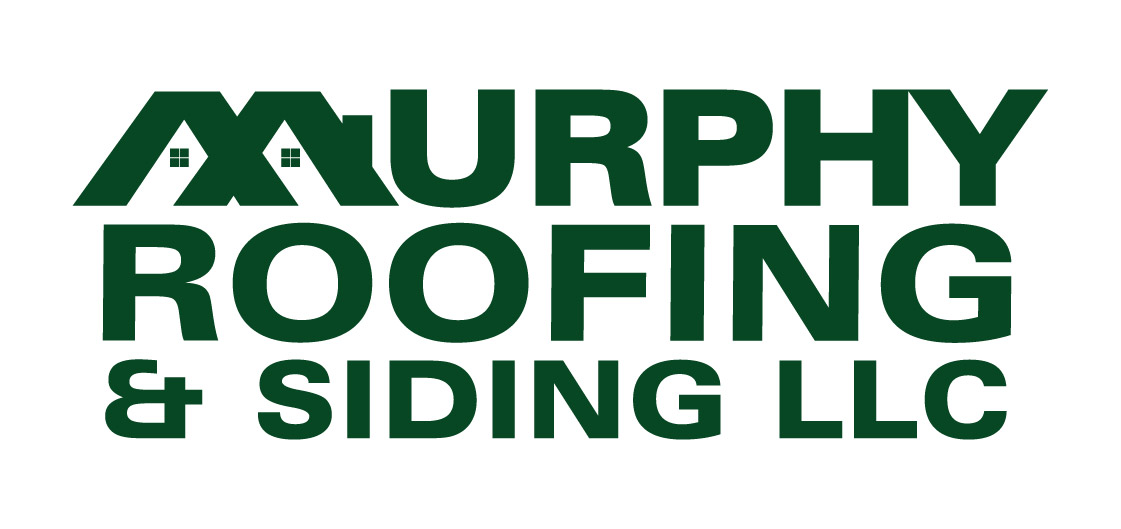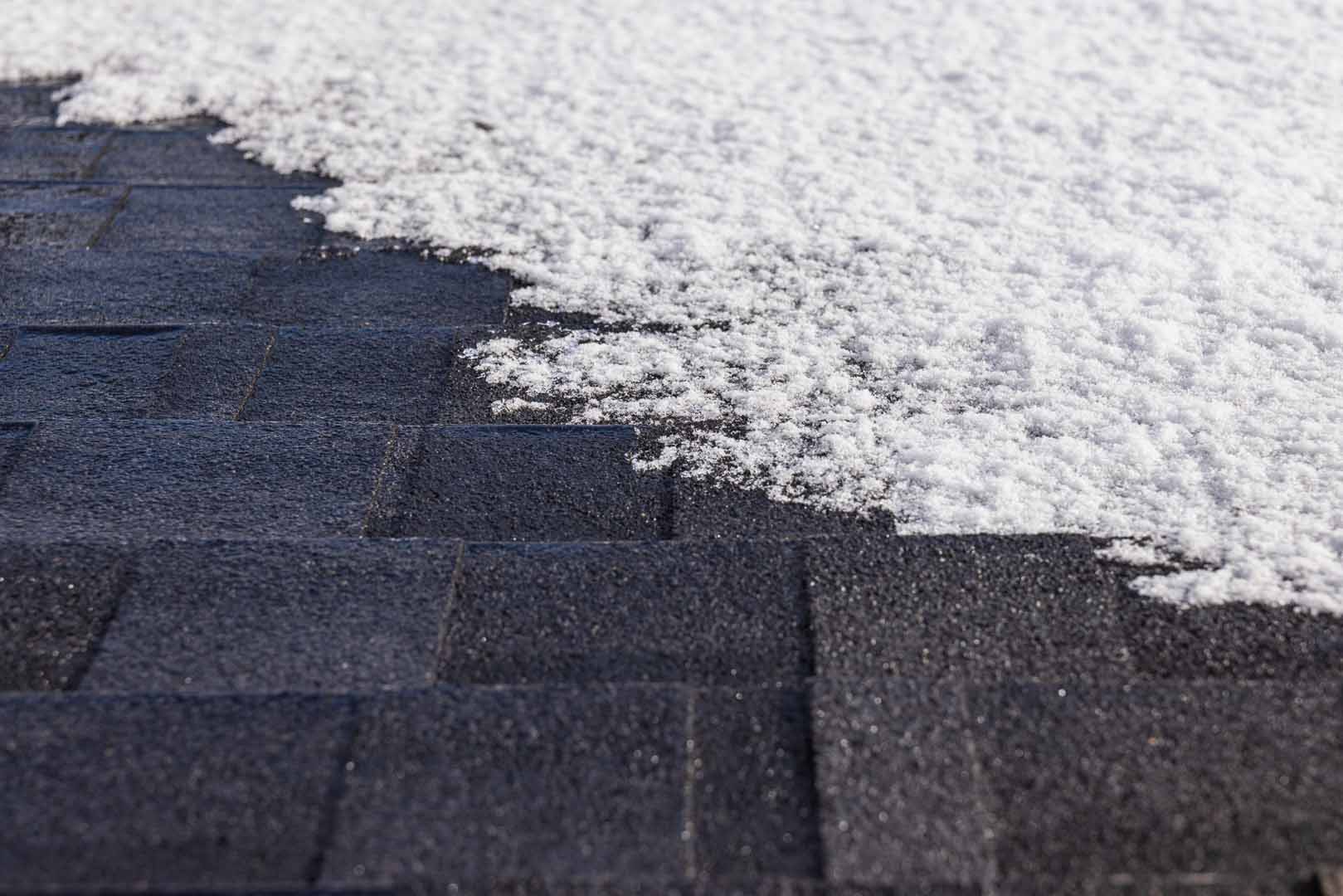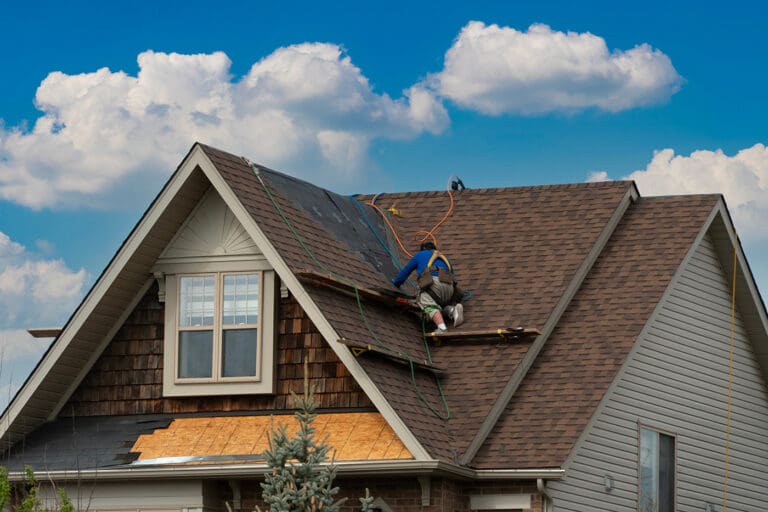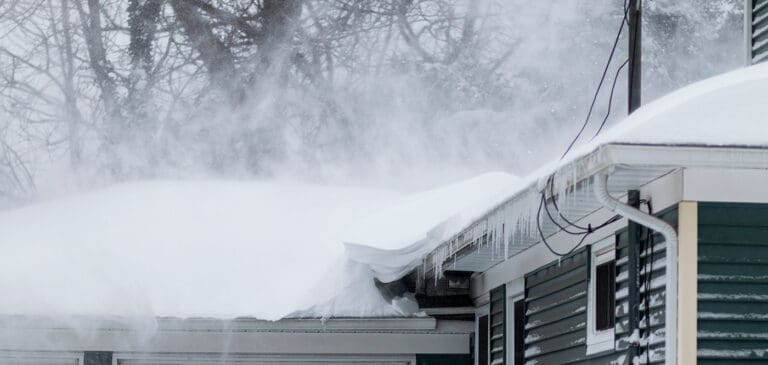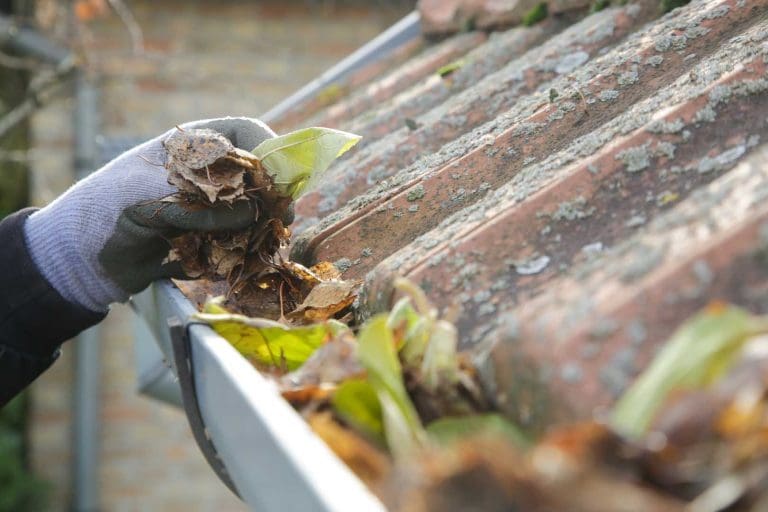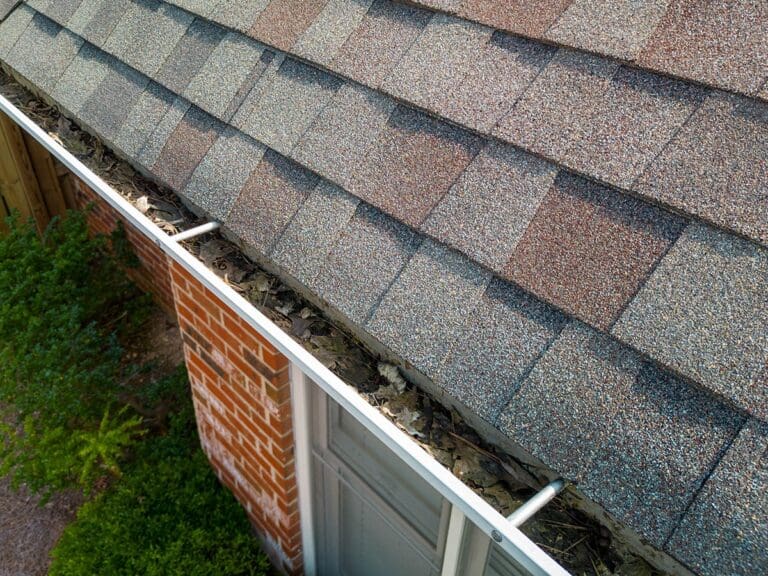People often seek ways to improve their home’s energy efficiency as winter approaches. The roof is one of the most pivotal components that can significantly influence your home’s energy performance. Here’s how your roof affects your home’s energy efficiency during the colder months and what you can do to improve it.
1. Insulation Matters
Proper insulation in your roof is essential for maintaining a consistent temperature within your home. Insulation functions as a barrier to heat loss, keeping the warmth made by your heating system inside your home.
- Types of Insulation: Fiberglass, cellulose, and spray foam are standard materials. Each has unique properties and R-values (a measure of thermal resistance), so choosing the right one for your climate is essential.
2. Roof Material
The material of your roof can also impact energy efficiency. Some materials reflect heat while others absorb it, influencing how much energy is needed to keep your home warm.
- Metal Roofs: Metal roofs can help maintain your home warmer or cooler when needed.
- Asphalt Shingles: These are common but can absorb heat, leading to higher energy consumption in colder months if not properly insulated.
3. Roof Color
The color of your roof is very important for energy efficiency. Darker roofs may absorb more heat, while lighter roofs reflect it. In winter, a lighter-colored roof can help reduce heat loss.
- Cool Roof Technology involves using reflective materials to help reduce heat absorption. This can be very beneficial in warmer climates, but it also offers some advantages in winter by preventing ice dam formation.
4. Ventilation
Proper ventilation in your roofing system is critical to energy efficiency. It helps maintain the moisture and temperature levels within your attic, preventing ice dam formation and reducing the risk of mold.
- Attic Ventilation: Ensure that your attic is ventilated with both intake and exhaust vents. This allows for airflow that can help maintain a balanced temperature and humidity level.
5. Maintenance
Regular roof maintenance is essential for ensuring energy efficiency.
- Inspect for Damage: Look for missing shingles, leaks, and any signs of wear and tear. Resolving these issues can prevent further damage and energy loss.
- Clean Gutters and Downspouts: Ensuring that your gutters are free of debris will prevent water buildup and potential ice dams, which can lead to significant energy efficiency losses.
In conclusion, your roof is essential to your home’s energy efficiency during winter. Focusing on insulation, material choice, color, ventilation, and maintenance can significantly enhance your home’s energy performance and create a cozier living space throughout the chilly months. Contact Murphy Roofing and take action today. We’ll evaluate your roof and implement the right strategies for a cozier and more energy-efficient home this winter.
